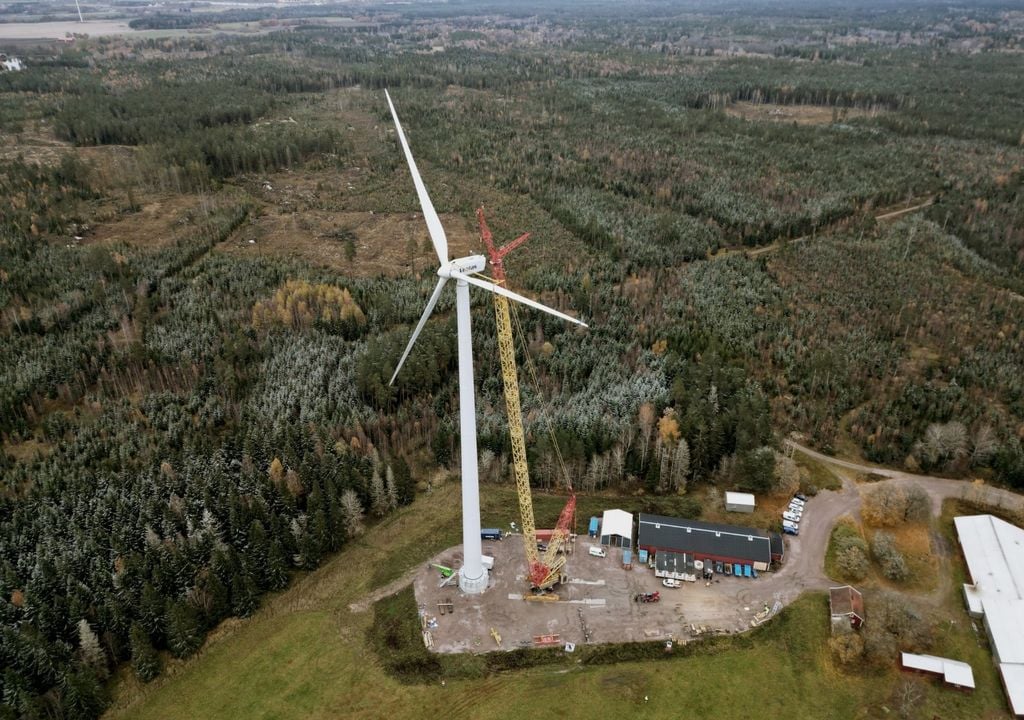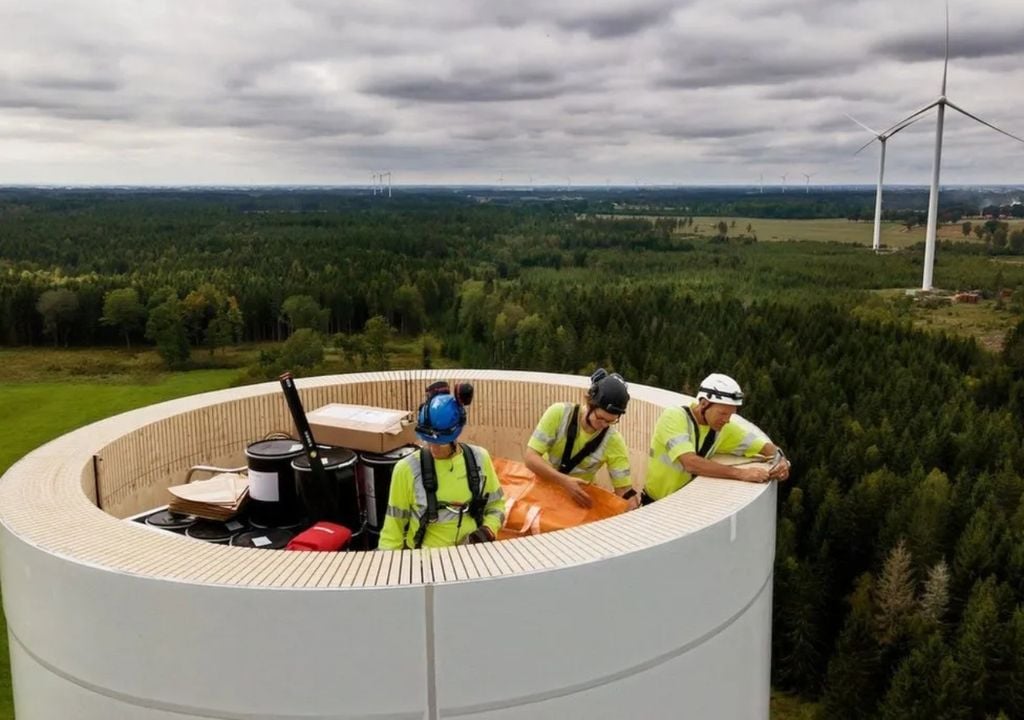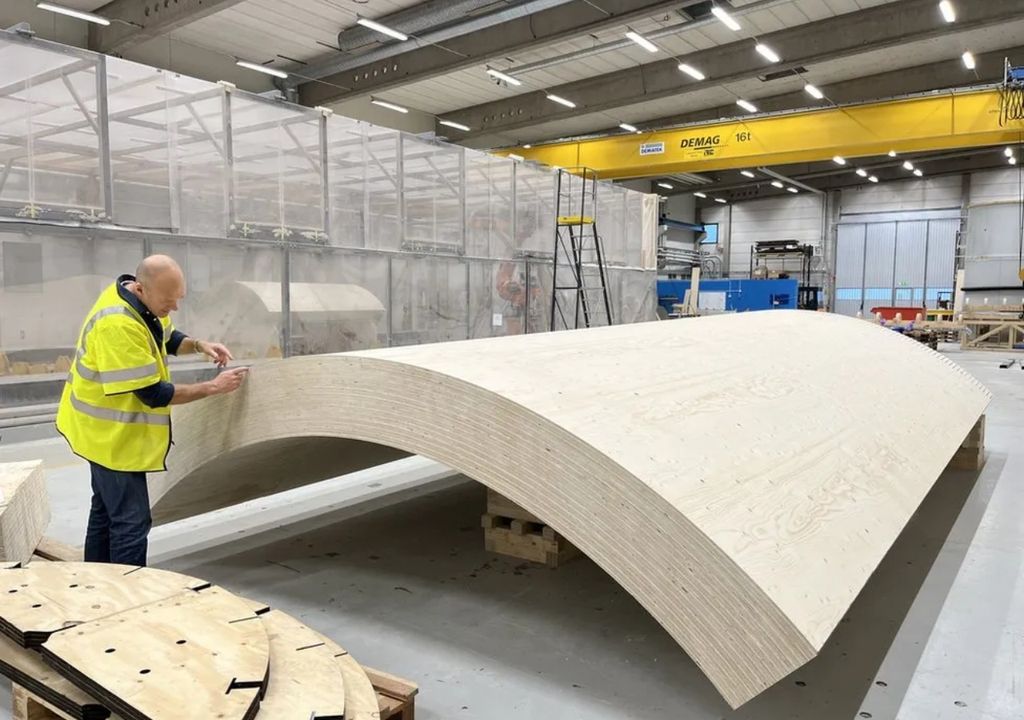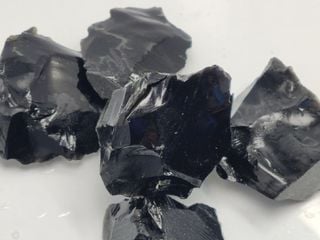The world's tallest wooden wind turbine comes into operation
The future of wind energy appears to be a combination of wood and glue, completely clean and with no carbon footprint.

Wood and wind is a combination that promises to be important the energy of the future. This is stated by Modvion, the Swedish company that has just launched its first turbine made of wood.
Measuring 150 metres high to the tip of the blade, the innovative tower is made with 144 layers of laminated wood, pressed and fitted into several cylinders 16 to 24 metres high, which are stacked on top of each other at the installation site. of the wind turbine. The turbine is located in Gothenburg, western Sweden, and already provides electricity to 400 homes.

Today's world demands increasingly taller turbines that are capable of withstanding stronger winds. One of the biggest challenges of this type of generators - in their steel versions - is logistics, that is, transportation, installation and maintenance.
Faced with this difficulty, the project engineers highlight that the wooden model is much easier to move and install, since the towers can be built in smaller and easier to transport modules.
“The industry wants to build turbines with a blade tip height of 300 metres, which means a tower 200 metres higher. With modularity you can achieve that,” Otto Lundman, executive director of the company, explained to the BBC.
The company explains that towers of this type could reach 1,500 metres in height and that starting with 150 is a good initial step. “Bridges, tunnels and winding roads are no problem for us,” says Modvion.
Tall steel towers need additional reinforcements to support their own weight, something that wooden towers do not. Additionally, modular steel towers require a large number of bolts that require periodic inspection. Instead, the parts of the modular wooden tower are joined together only with glue.
100% clean energy, really
As we know, wind energy is cleaner than any other. However, the manufacturing process of the gigantic steel towers does involve the use of fossil fuels and other non-clean processes. The wooden tower eliminates the carbon footprint. But it also converts the turbines into negative carbon.
Because the carbon dioxide that resides in wood is only released into the atmosphere if the wood burns or rots. If the wood remains intact, it conserves the carbon dioxide.

About 200 trees were used in the Gothenburg tower. They are made from Scandinavian fir, a species native to the mountainous regions of Europe, whose light-coloured wood is widely used in carpentry. Modvion says that sustainability was also thought about here, because its regrowth exceeds logging.
He also highlights the advantages of wood against threats such as fire or humidity. It is difficult for pressed wood to light because it is too dense. The side exposed to a fire would only begin to char at a very predictable and controllable rate. Of course, it is waterproofed to face any humidity problem.
The company announced that, by 2027, it aims to open a facility capable of producing 100 modular wood turbines per year. "The industry is currently installing 20,000 turbines a year," Lundman said. "Our ambition is that within 10 years, 10% of these turbines will be made of wood," he added. The project received funding from the European Union's Horizon 2020 research and innovation programme.








